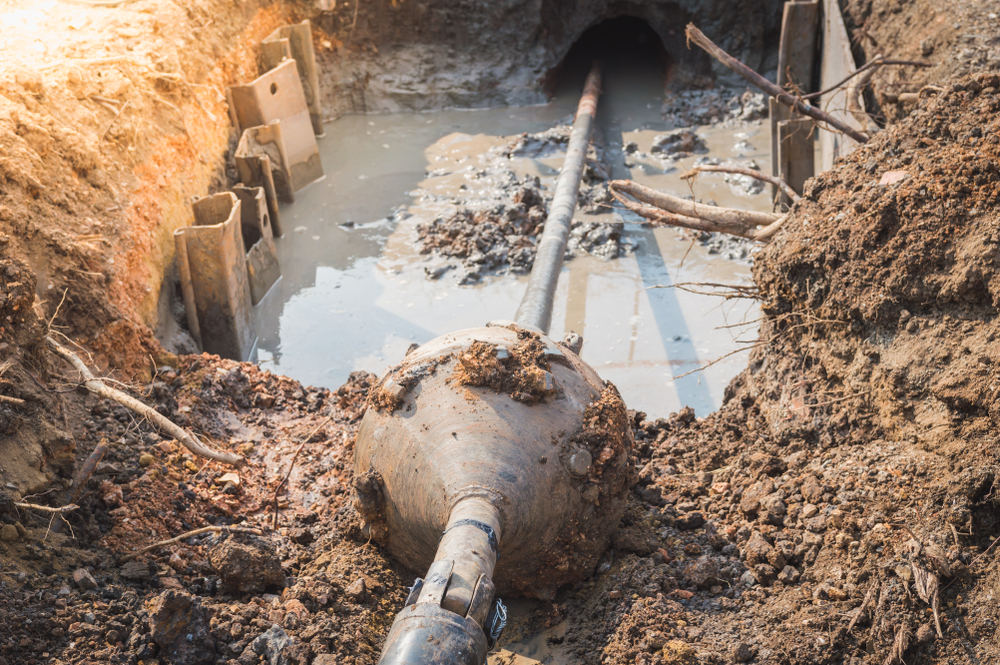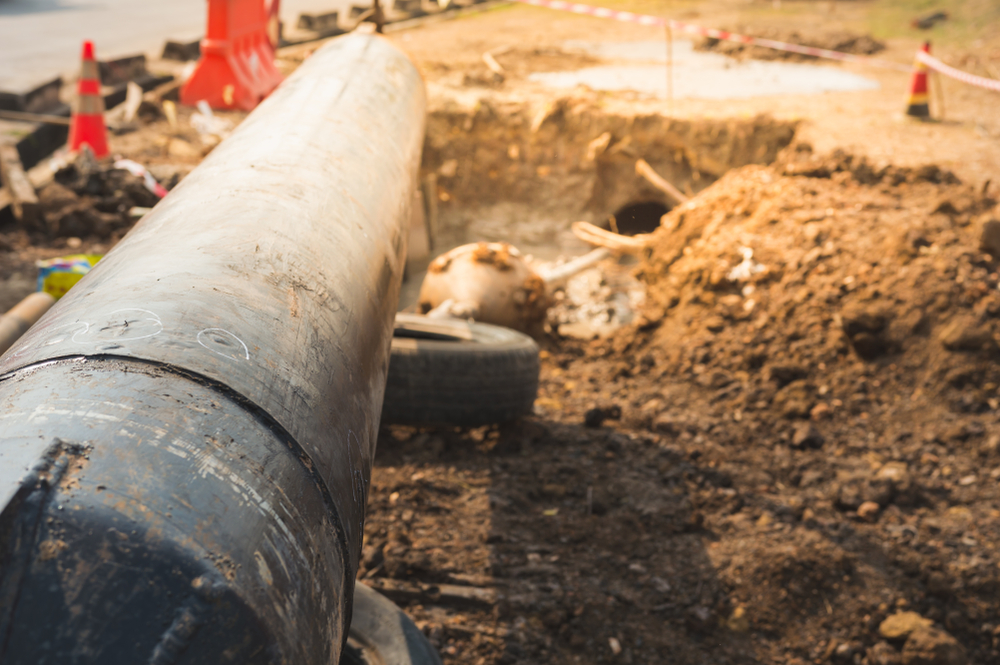Now Also operating from our new yard in Alice Springs. Our address is 3/31 Elder Street Ciccone 0870.
Directional Drilling in Darwin: How Wet Season Weather Impacts Your Project
July 15, 2025
The annual monsoon brings intense rainfall, elevated humidity, and saturated soils that can transform even the most straightforward underground works into complex undertakings. When heavy downpours are frequent, ground conditions become unpredictable, machinery mobilisation faces new hurdles, and project timelines face greater uncertainty. Preparing for these factors requires more than just flexible scheduling; it demands a deep understanding of how waterlogged environments affect every stage of a directional drilling endeavour.
Effective management during this challenging period hinges on anticipating shifting soil behaviour, adapting fluid control strategies, and ensuring safe, reliable access for crews and equipment. By recognising the interplay between weather patterns and subsurface operations, project leaders can implement measures that not only protect timelines but also maintain high safety and environmental standards. Ultimately, embracing wet-season realities can turn potential setbacks into opportunities for refining planning processes and enhancing overall project resilience.
Heavy rains, ground saturation, and flooding can combine to create significant obstacles for horizontal directional drilling in Darwin. Before any trenchless work begins, site conditions must be assessed thoroughly, as wet soils can compromise borehole integrity and machine performance. In addition, unpredictable weather events may interrupt access routes, delaying mobilisation and increasing project costs.
Adaptation to these difficulties involves close coordination between geotechnical assessments, fluid engineering, and logistics planning. By understanding how each wet-season challenge influences drilling outcomes, teams can develop targeted responses that minimise downtime and uphold operational efficiency. The following sections explore three of the most common hurdles faced during wet months and outline their specific impacts on directional drilling initiatives.
Soils soaked by persistent rainfall lose cohesion and structural support, increasing the risk of borehole collapse. Elevated groundwater can infiltrate the hole, diluting drilling fluids and hindering their ability to carry cuttings to the surface.
Sudden downpours can turn a stable worksite into a muddy quagmire within minutes, forcing crews to halt operations. These intense bursts also threaten erosion control and may wash away newly formed pits or access routes.
Rural tracks and low-lying crossings often lack proper drainage, leading to sudden closures when rivers swell or roads flood. This unpredictability can delay the arrival of rigs, crews, and critical supplies.
Proactive measures before and during wet months can significantly reduce project downtime and maintain operational momentum. Effective planning combines scheduling adjustments, technical enhancements, and thorough site evaluations. These steps enable teams to anticipate adverse conditions and respond swiftly when the weather turns.
By integrating fluid management upgrades, access route assessments, and expert local support, project managers can protect both equipment and personnel. The following strategies offer practical ways to limit delays, control costs, and uphold safety standards throughout moisture-rich periods.
Scheduling drilling at the end of the dry window takes advantage of firmer soils and lower rainfall likelihood. Completing core activities early reduces the need to contend with the full force of the monsoon.
Enhanced fluid strategies are essential for maintaining borehole integrity when soils are saturated. Real-time monitoring allows on-the-fly adjustments to counteract unexpected water ingress.
Early reconnaissance highlights potential flood zones and transport chokepoints before rigs leave the yard. Understanding local drainage patterns also guides placement of erosion controls and spill-containment systems.

Despite the challenges posed by heavy rainfall and saturated soils, trenchless methods often outperform open-cut approaches under wet conditions. Minimal surface disturbance, rapid site reinstatement, and strategic planning combine to make directional drilling a viable option year-round. When executed thoughtfully, HDD can deliver reliable utility installations even when weather conditions are less than ideal.
Furthermore, correct preparation and expert oversight allow teams to navigate environmental sensitivities, regulatory requirements, and unique regional hazards—such as wildlife or unstable banks. The benefits below illustrate why, with adequate foresight, horizontal directional drilling remains advantageous over more invasive techniques during moisture-laden seasons.
Drilling beneath the surface avoids exposing wide swathes of soil that can turn into muddy trenches after rain. Only minimal entry and exit pits are required, reducing disturbance and reinstatement time.
Open trenches can remain waterlogged and unstable long after rain stops, whereas drilled lines allow prompt backfilling. Site access and normal use can resume quickly once HDD operations conclude.
Working close to creeks or rivers demands both environmental care and wildlife awareness. Proper exclusion methods and spill contingencies protect habitats and crews alike.
Successfully navigating the wet season requires a shift from reactive problem-solving to proactive risk management. By understanding how saturated ground, unpredictable rainfall, and restricted access influence every aspect of a directional drilling project, teams can tailor their strategies to maintain productivity and safety. Early dry-season scheduling, advanced fluid control, and thorough site assessments serve as the cornerstones of effective wet-season operations.
Moreover, embracing trenchless technology’s inherent advantages—such as minimal surface disturbance and rapid reinstatement—confirms that horizontal drilling remains a robust solution, even when weather conditions deteriorate. With informed planning, adaptable logistics, and expert local partnerships, projects can stay on track, safeguarding budgets and timelines against the challenges posed by months of heavy rain.
